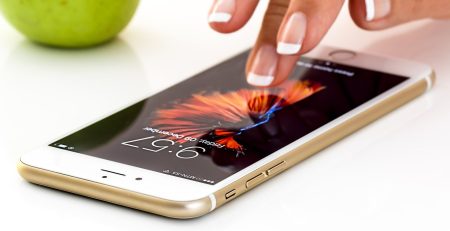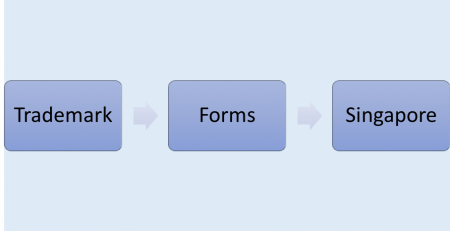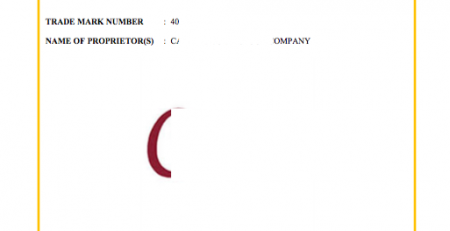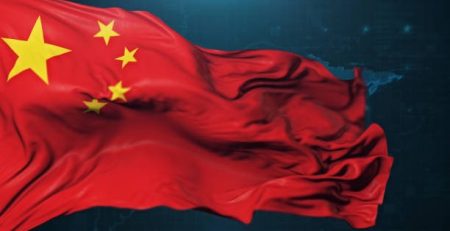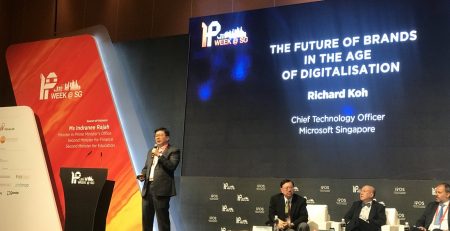Notes on Patent Practice in Japan
Each country follows its unique patent laws. The Japanese patent system is also distinctive in certain ways. The goal of this article is to give you with easy-to-understand notes on aspects of Japanese patent processes that may be distinctive.
Human surgery, therapy, or diagnosis methods are not patentable under Japanese patent law. However, the fact is that the JPO’s decision of whether a claimed invention falls under this group is not always straightforward. Thus, carefully selecting the language of a claim without adjustments on the significant parts of the claimed invention while considering the following table, which highlights some of the instances given in the JPO Examination Guidelines, may be possible to obtain a patent.
In order for software, such as computer programs, to be considered a “invention” under Japanese patent law, the software’s information processing must be conducted explicitly utilizing hardware resources. As a result, the claims must explicitly define how a computer program processes data utilizing hardware resources such as the CPU, RAM, and so on.
In Japan, a more detailed description of the hardware in a device claim and explanation of the hardware that conducts the operation of the steps contained in a method claim are frequently needed than in the US.
Because artificial arrangements and human mental activity do not apply to laws of nature, they do not qualify for patent protection. As a result, candidates should specify the hardware used to complete each stage. Even if certain processes are carried out by humans, the invention qualifies for patent protection if the entire invention is thought to be based on laws of nature.
Patent Application Drafting
If you file a Japanese patent application based on an English text, you should pay attention to the Japanese translation of the English text, particularly the Japanese language for transition terms like “comprising” in a claim.
The quality of a Japanese patent application’s specification might be a major issue at several occasions in Japanese patent procedure.
As a result, the consequences of a claimed invention should be described in great detail in the specification. Assume you’re defending the inventive step of a claimed invention during the examination of a Japanese patent application by citing the claimed invention’s effects.
The JPO would examine the claimed invention’s claimed effects as long as they are disclosed in the specification or are clear from the specification’s descriptions. The JPO, on the other hand, would not evaluate the stated effects if they were not described or clear from the specification.
As a result, while it is not required, detailing the results of a claimed invention in a specification is highly encouraged since it may become necessary in the future when claiming the claimed invention’s inventive step.
Response to Office Decisions
Currently, the JPO does not conduct a thorough examination of patentability. In reality, at the moment, the grant rate of Japanese patent applications is quite high (more than 70 percent ). As a result, we feel that filing patent applications in Japan is a good decision right now.
In general, Japanese new matter practice is stricter than in the United States, but more lenient than in Europe. It should be noted that include a disclaimer in a claim, such as “the composition does not comprise an ingredient A,” is generally permissible, even if the specification lacks any justification for the disclaimer. It is also permissible to include a disclaimer in a claim, regardless of whether it is being used to demonstrate originality. For example, a disclaimer can be included to a claim to exclude any important aspect of relevant prior art from the claim’s scope, therefore establishing even inventive step of the claimed invention.
Arguments for inventive step of a claimed invention that are applicable under European and US patent law would also be available in Japan. The “problem-solution approach” in Europe and “teach-away arguments” in the United States might be effective in Japan.
The key point to remember in Japanese patent law is that inventive step arguments should be founded on the specification’s descriptions. For example, if inventive step arguments are based on consequences of a claimed invention that are not detailed in a specification, the JPO Examiner will reject them.
It should also be highlighted that while providing experimental results with a Declaration or Affidavit is suggested, it is not required for prosecution. According to our experience, the JPO considers experimental data given without a Declaration or Affidavit during prosecution.
Trial of Opposition and Invalidation
There are two processes in Japan for challenging the validity of a third-party patent. The first is an Opposition Trial, whereas the second is an Invalidation Trial. Both are processes that must be completed before the JPO. In other words, the “trial” of invalidation is not a legal action.
It may be difficult to revoke a patent given that Japan is pursuing pro-patent regulations. However, because the invalidation trial requester may directly engage in the validity discussion, the chances of success may be higher in invalidation trials than in opposition trials. Based on the aforementioned characteristics of both systems, it may be prudent to choose oppositions or invalidation trials, taking into account the following:
1. Oppositions may be suitable
- If you do not wish to disclose your name (since an opposition can be filed by anyone including a “strawman”)
- If you have a limited budget.
2. Invalidation trials may be suitable
- If you are sued for patent infringement litigation before the Japanese court
- If you find prior art after the time limit for filing an opposition.
System for Extending Patent Term
In Japan, there are two patent term extension (PTE) schemes. The first is to compensate for the JPO’s delay in examining Japanese patent applications, and the second is to compensate for regulatory restrictions on medical and agrichemical patents in Japan.
If a Japanese patent application is authorized 5 years after filing or 3 years after requesting inspection (whichever comes first), it can be extended by making a request for PTE on or after March 10, 2020.
The term for responding to Office Action(s), the period(s) for time extension(s) for responding to Office Action(s), the period of appeal, and other factors are all deducted from the extension. As the JPO rarely makes delays in examination, the number of cases for which PTE is possible under this system may be limited.
One unique feature of the Japanese PTE system for medical or agrichemical patents is that if multiple marketing permissions are acquired, a single patent may be allowed to have two or more PTEs. Furthermore, if two or more patents are related to a single marketing approval, the single marketing approval may be used to extend two or more patents. In any event, a patent right extension based on marketing permission cannot last more than five years.



